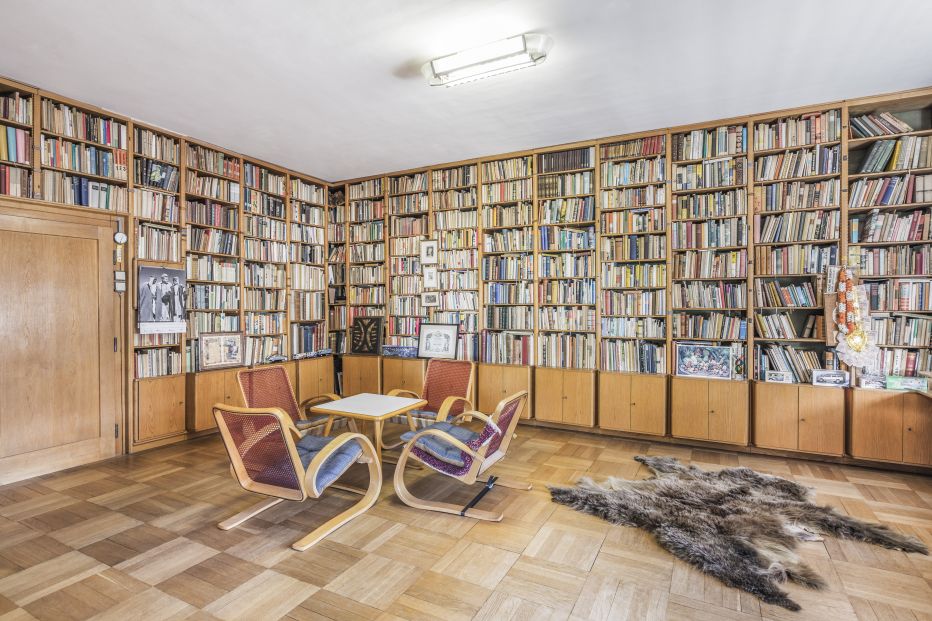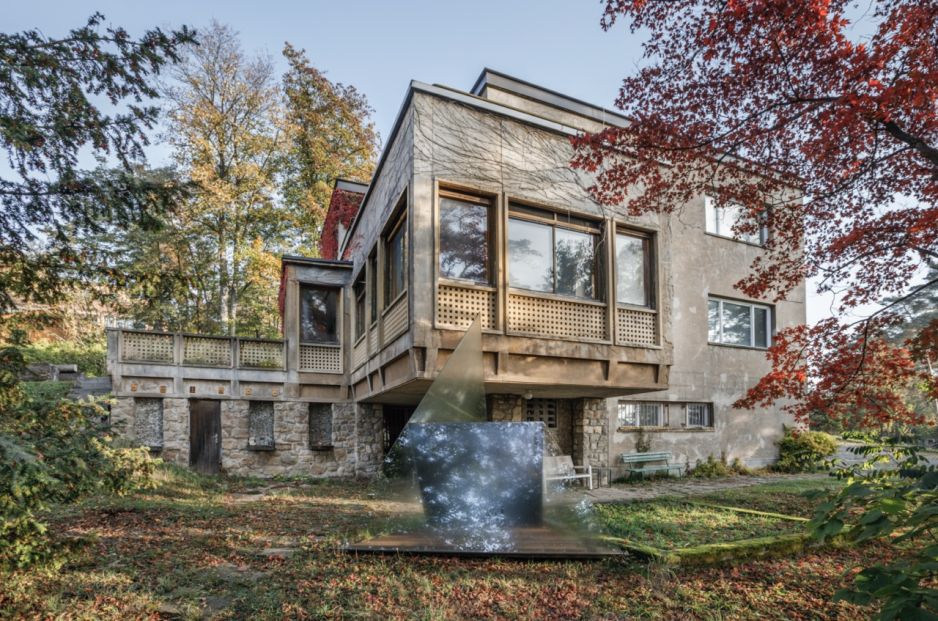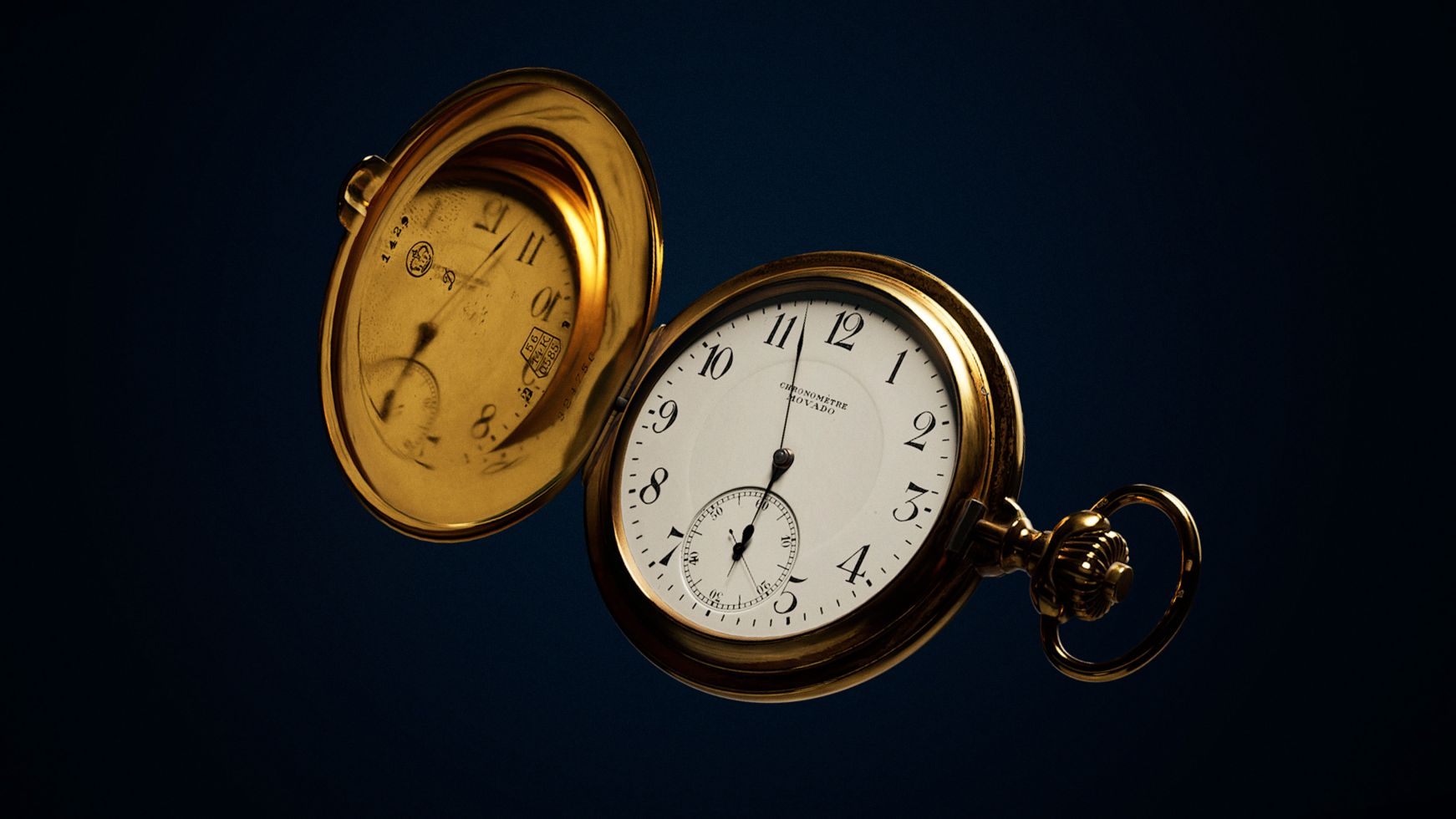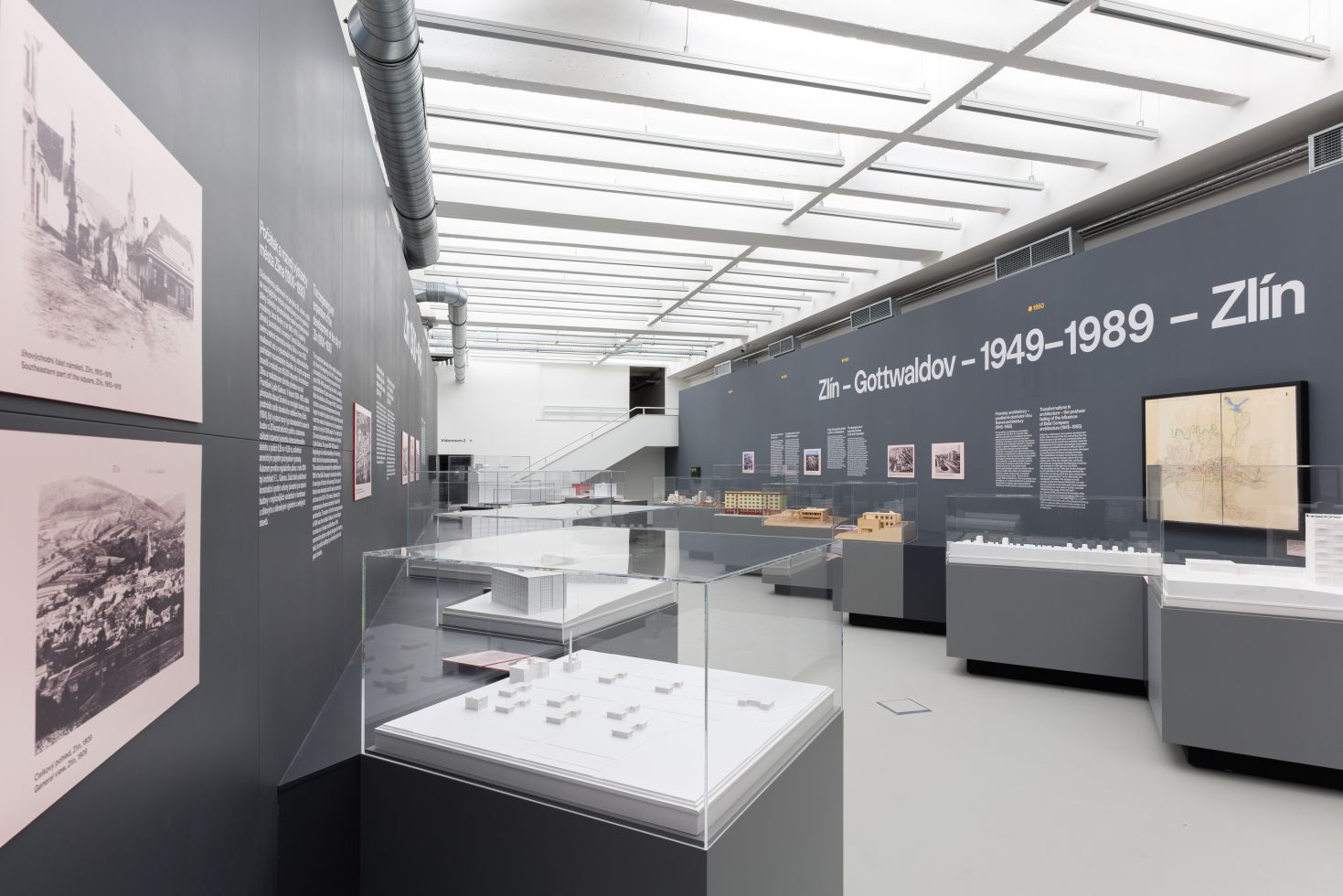Zikmund Villa
When travellers Miroslav Zikmund and Jiří Hanzelka finished their first expedition through Europe, Africa and Latin America, they moved to Zlín for a year. They wanted to process the film material shot during their travels in the local film studios. However, they fell in love with Zlín and decided to settle here permanently.
This meant looking around for more suitable accommodation than the hotel they had been staying at until then. Coincidentally, at the same time another filmmaker, Elmar Klos, was selling his villa in the Nivy district. The director Jaroslav Novotný introduced Miroslav Zikmund to Elmar Klos and soon the deal was made. Zikmund especially loved the large garden that surrounded the house.
To understand this story better, let's take a slight detour. The purely functionalist villa of Elmar Klos was built in 1935 by the Bata Support Fund for Josef Januštík, Klos's stepfather and the first governor of the newly established Zlín district.
The councillor Januštík lived in the house with Elmar's mother between 1935 and 1953. In 1942, Elmar Klos bought the villa from the Bata Support Fund, but he never lived there. He just wanted to make sure that his mother and stepfather did not have to move out of the house after the governor's retirement. Back then, the white villa with red windows was the first house built on the hillside. Nivy was an undeveloped suburb of Zlín. There were only fields, orchards and meadows. Only later, several other solitary houses, the so-called medic villas, appeared on the hill. Today, however, the district is completely absorbed by the growing city.
When Zikmund bought the villa in 1953, he started with modifications. Hanzelka bought the empty plot above Zikmund's house and together they hired the architect Zdeněk Plesník. He drew up a project for the adaptation of the former Januštík villa to its present form and a design for a new house for Hanzelka. The modifications to Zikmund's house were quite extensive. Both the external appearance and the internal layout were changed. Both villas were to serve not only as family housing but also as workplaces. Thus, large study rooms, libraries, a photo room and a film laboratory were created.
The design of the furnishings was a collaboration between architect Plesník and designer Miroslav Navrátil. It is difficult to trace who had what share in the result. Navrátil liked to work with bent wood, thanks to his work experience in a company producing skis and sledges. In this case, however, he was not working with wood, but with glued veneer, which was considered a waste material that other people used only for heating.
Many technical conveniences were implemented in both houses. In Zikmund's house, there was a home cinema, an elevator for small items, a laundry chute, a waste chute and a secret safe for storing valuable documents. The safe proved particularly useful in later years, when Zikmund needed to hide materials from the Secret State Police (StB).
Since 2020, the Zikmund Villa has been open to the public through guided tours and various cultural events.
The villa is managed thanks to the foundation founded by Čestmír Vančura. It brings back to the villa themes that are closely linked to the name of Miroslav Zikmund – from travel to architecture and interest in current affairs. The aim is to present, to as many people as possible, the history of the house and its inhabitants.
Where next
- Take a unique joint tour of Zikmund Villa and Tomas Bata Villa.
- Take a photo with Tatra 87 in the H+Z travel exhibition in the Museum of South East Moravia in Zlín.
Opening hours
The Zikmund Villa is accessible during scheduled tours or public events, and only with valid tickets. These can only be purchased online on the websites listed above (except events with free entry).











